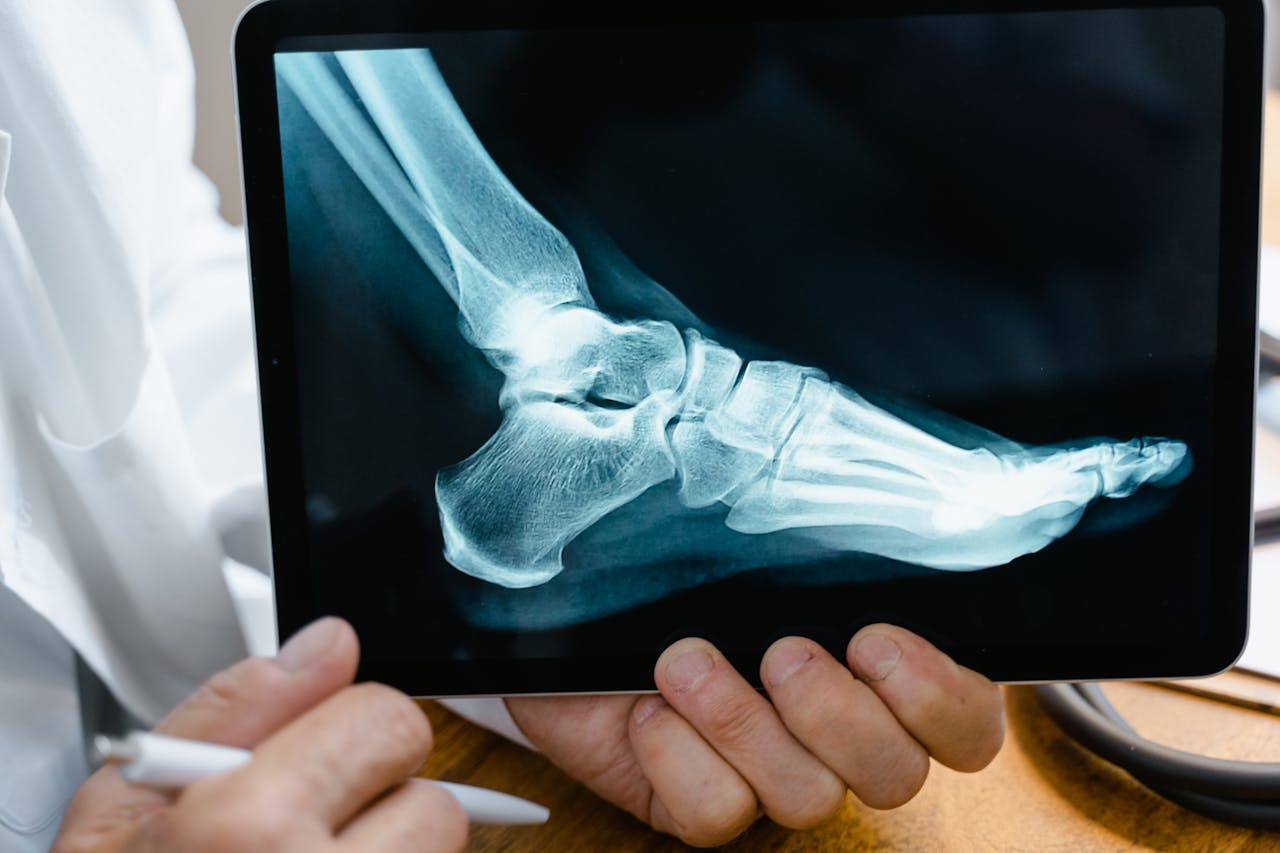Personal Branding for Fitness Trainers That Attracts Clients
The fitness and wellness industry has never been more crowded—or more competitive. As a trainer or coach, your technical knowledge and certifications are table stakes, not differentiators. What separates those who struggle to fill their calendars from those who turn away clients is a personal brand that communicates expertise, builds trust, and resonates with the right audience. Your brand isn’t just a logo or a catchy tagline; it’s the sum total of every interaction, every piece of content, and every promise you make and keep. Building that brand requires strategic thinking, consistent execution, and a willingness to put yourself out there in ways that feel authentic yet professional.
Most trainers make the mistake of jumping straight into social media posting or website design without first establishing who they are and what they stand for. Your brand identity is the foundation that every other marketing activity rests on. Start by articulating your core values—what do you believe about fitness, health, and the client relationship? Are you all about evidence-based training, or do you take a more holistic, mind-body approach? Do you specialize in helping busy professionals squeeze workouts into packed schedules, or do you focus on post-rehabilitation strength building?
The fitness and wellness industry has never been more crowded—or more...
The Role of PR in Combatting Gambling Stereotypes
Public perception of the gambling industry remains one of its greatest challenges, with deeply ingrained stereotypes often overshadowing legitimate business contributions and responsible practices. PR professionals working within this sector face the unique task of reshaping narratives that have persisted for decades, balancing commercial objectives with genuine social responsibility. The most successful campaigns don’t simply defend the industry—they proactively demonstrate value through economic data, authentic community stories, and transparent communication about responsible gaming initiatives. By applying strategic PR frameworks that prioritize education over promotion, gambling organizations can gradually shift public sentiment and build lasting trust with stakeholders.
The economic contributions of gambling operations extend far beyond gaming floors, yet these benefits rarely receive proportional attention in public discourse. Effective PR strategies position casinos and gaming companies as multifaceted entertainment destinations that generate substantial economic value for their communities. Rather than leading with gaming revenue figures, successful campaigns articulate a broader purpose that connects with diverse audiences through stories about job creation, tourism development, and tax revenue that funds public services.
Public perception of the gambling industry remains one of its greatest...
Social Responsibility in Health Tech Branding: A Practical Guide
Health tech companies operate at the intersection of two high-stakes domains: technology and human wellbeing. When your product touches patient data, clinical decisions, or health outcomes, your brand carries weight that extends far beyond marketing. Social responsibility isn’t a nice-to-have addition to your brand strategy—it’s the foundation of trust in an industry where trust determines adoption, retention, and regulatory approval. The health tech brands that will lead the next decade are those that embed ethical AI practices, transparent data governance, and measurable social impact into their identity from day one, not as afterthoughts or PR campaigns.
Most corporate social responsibility programs follow a predictable pattern: donate to charity, organize volunteer days, publish an annual sustainability report. These initiatives might work for consumer goods companies, but health tech demands more. Your customers—whether they’re hospital systems, clinicians, or patients—scrutinize your ethical commitments with the same rigor they apply to your clinical validation. A smile-shaped logo or friendly color palette, like Lemonaid Health’s approachable branding, can signal empathy, but visual identity alone won’t convince a Chief Medical Information Officer that your AI won’t perpetuate diagnostic bias.
Health tech companies operate at the intersection of two high-stakes domains:...
Gamification In Financial Literacy: Trends And Examples
Financial institutions face a persistent challenge: how do you make money management compelling enough to change behavior? Traditional financial education—dry tutorials, lengthy PDFs, and static dashboards—fails to capture attention in an age where users expect interaction, feedback, and reward. The answer lies in gamification, which transforms financial literacy from a chore into an experience worth repeating. By applying game mechanics to banking and fintech apps, companies are achieving measurable improvements in savings behavior, user retention, and financial knowledge. The numbers tell a striking story: gamified systems report 75% of users meeting savings goals compared to just 45% without game elements, while engagement rates jump by 100-150% over traditional methods.
The data supporting gamification in fintech isn’t anecdotal—it’s quantifiable and significant. Research shows that gamification boosts saving habits by 22%, with users saving 20% more on average when game mechanics are present. These aren’t marginal gains; they represent fundamental shifts in how people interact with their finances.
Financial institutions face a persistent challenge: how do you make money...
Future Trends in Event Marketing and PR
The event marketing world has reached an inflection point. What worked two years ago—standard booths, generic agendas, passive attendees—no longer cuts through the noise. Today’s event professionals face a different reality: audiences expect experiences tailored to their interests, technology that feels natural rather than forced, and engagement opportunities that extend beyond a single day in a convention center. The stakes have risen. Events now serve as critical touchpoints in broader marketing strategies, with measurable impact on brand perception, customer loyalty, and revenue. For those willing to adapt, the opportunities are significant. For those who resist, irrelevance looms.
Immersive technology has moved from novelty to necessity. AR and VR are no longer experimental add-ons reserved for tech giants with unlimited budgets. They’ve become standard tools for creating memorable event experiences that engage attendees on multiple sensory levels.
The event marketing world has reached an inflection point. What worked two...
Leveraging Social Media To Engage Health-Conscious Consumers
Health-conscious consumers represent one of the fastest-growing audience segments on social media, and reaching them requires more than traditional advertising approaches. These individuals actively seek authentic information, community support, and trustworthy guidance to make informed decisions about their wellness journeys. For healthcare marketers, wellness brand managers, and healthcare providers, social media offers an unprecedented opportunity to build meaningful connections with this engaged audience through wellness challenges, educational content, and strategic influencer partnerships. Understanding how to effectively use these tactics while maintaining compliance and authenticity can transform your social media presence from a simple broadcast channel into a thriving community that drives real behavior change and lasting brand loyalty.
Wellness challenges have become a cornerstone of social media engagement for health-conscious audiences, offering a structured way to motivate participation and build community around shared health goals. The key to successful wellness challenges lies in creating experiences that are both achievable and shareable, tapping into the social nature of platforms like Instagram and TikTok.
Health-conscious consumers represent one of the fastest-growing audience...
The Role of Gamification in Digital Health Engagement
Health apps sit on millions of phones, downloaded with good intentions but rarely opened after the first week. The problem isn’t a lack of information—patients know they should track their medications, monitor their blood pressure, or complete their physical therapy exercises. The problem is that traditional digital health tools treat behavior change as a simple information transfer, when in reality, sustained engagement requires tapping into deeper psychological drivers. Gamification offers a solution by transforming routine health tasks into experiences that trigger intrinsic motivation, provide immediate feedback, and create social accountability. The data backs this up: patients using gamified health apps show 15-20% improvement in health-related outcomes compared to standard methods, with retention rates up to 50% higher than non-gamified alternatives.
Most health apps approach patient engagement with the assumption that awareness equals action. They provide reminders, display statistics, and offer educational content—all valuable components, but insufficient for driving long-term behavior change. The reality is that human motivation operates on multiple levels, requiring both immediate gratification and long-term meaning. A medication reminder notification might work for a few days, but without reinforcement mechanisms, it becomes background noise.
Health apps sit on millions of phones, downloaded with good intentions but...
How Cultural Sensitivity Shapes Trust in AI Healthcare Branding
Health technology companies face a paradox: the more personalized their solutions become, the more universal their approach to branding must be. AI-driven healthcare promises precision medicine tailored to individual needs, yet the marketing strategies behind these innovations often fail to account for the cultural contexts that shape how patients understand health, trust medical advice, and make care decisions. For brand managers in this space, the stakes extend beyond market share—culturally insensitive branding can exclude entire populations from accessing life-saving technologies, perpetuate health disparities, and damage reputations irreparably. Building culturally competent brands requires more than translation services or diverse stock photography; it demands a fundamental rethinking of how health tech companies communicate value across cultural boundaries.
Healthcare branding operates in a uniquely sensitive environment where cultural missteps carry consequences beyond lost sales. When a fashion brand misreads cultural symbols, consumers might simply choose another product. When a health tech platform fails to account for cultural health beliefs or communication preferences, patients may avoid care altogether, misunderstand treatment protocols, or lose trust in medical technology at a moment when they’re most vulnerable.
Health technology companies face a paradox: the more personalized their...







